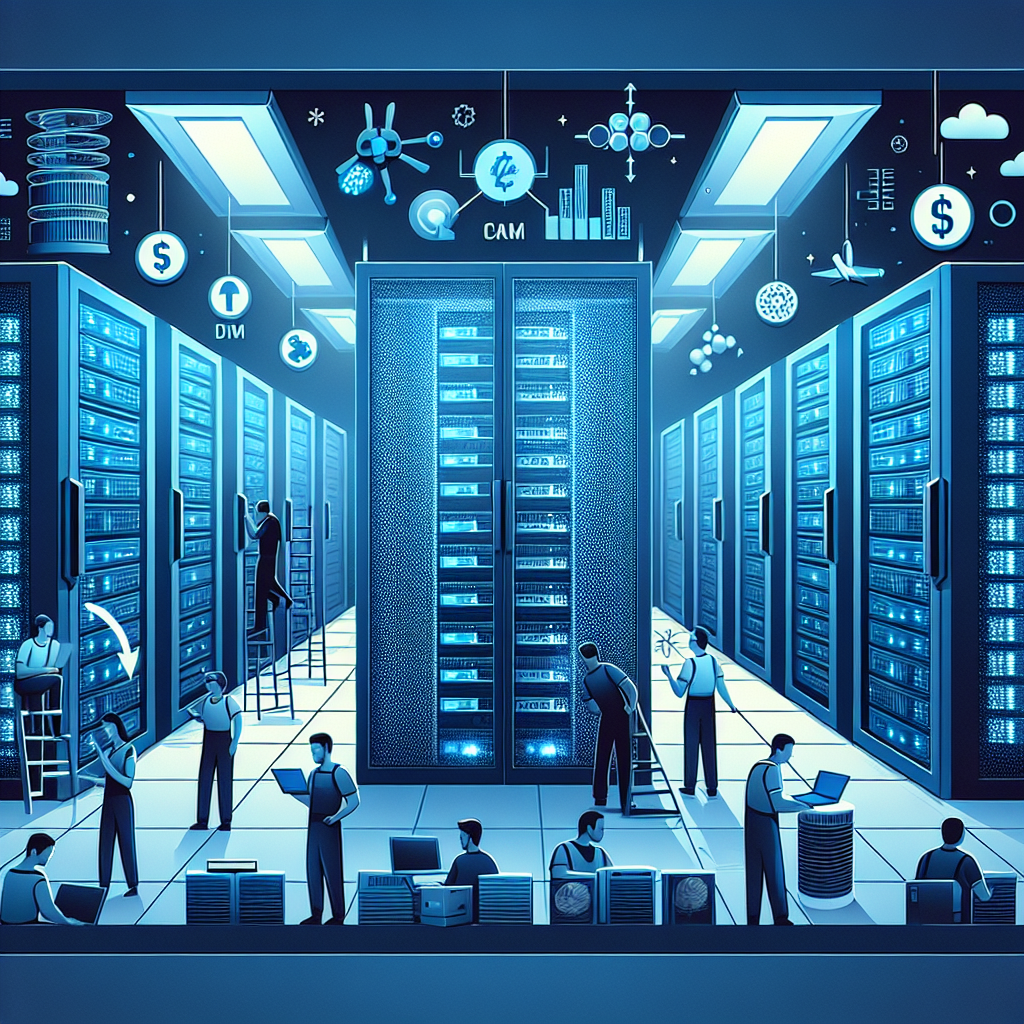Your cart is currently empty!
The Impact of Cooling on Data Center Operations and Costs

In today’s digital age, data centers are the backbone of many businesses, housing and managing the vast amounts of data that are crucial to their operations. However, data centers consume a significant amount of energy to power the servers and keep them cool. In fact, cooling can account for up to 40% of a data center’s total energy consumption, making it a major factor in both operational and cost considerations.
The impact of cooling on data center operations and costs is significant, as it directly affects the efficiency and reliability of the facility. Proper cooling is essential to ensure that servers and other equipment operate at optimal temperatures, preventing overheating and potential downtime. Inadequate cooling can lead to equipment failures, decreased performance, and ultimately, costly disruptions to business operations.
Furthermore, the cost of cooling can be substantial, with energy bills for data centers often running into the millions of dollars annually. As energy prices continue to rise and environmental concerns become more pressing, finding ways to reduce cooling costs and improve efficiency has become a top priority for data center operators.
One of the key challenges in data center cooling is achieving the right balance between cooling capacity and energy efficiency. Traditional cooling systems, such as air conditioning units, can be effective at keeping servers cool but are often energy-intensive and costly to operate. As a result, many data centers are turning to more innovative cooling solutions, such as liquid cooling, free cooling, and evaporative cooling, to reduce energy consumption and lower costs.
Liquid cooling, for example, involves using water or other fluids to remove heat from servers, offering a more efficient and cost-effective alternative to air cooling. Free cooling takes advantage of ambient temperatures to cool servers without the need for mechanical cooling systems, while evaporative cooling uses water evaporation to cool the air inside the data center.
In addition to adopting more efficient cooling technologies, data center operators can also improve cooling efficiency by optimizing airflow, managing server densities, and implementing temperature and humidity controls. By taking a holistic approach to cooling, data centers can reduce energy consumption, lower costs, and improve the overall reliability and performance of their operations.
In conclusion, the impact of cooling on data center operations and costs is undeniable. As data centers continue to grow in size and complexity, finding ways to improve cooling efficiency and reduce energy consumption is essential to ensure the long-term sustainability and success of these facilities. By investing in innovative cooling solutions and adopting best practices in cooling management, data center operators can not only save money but also enhance the performance and reliability of their operations.

Leave a Reply